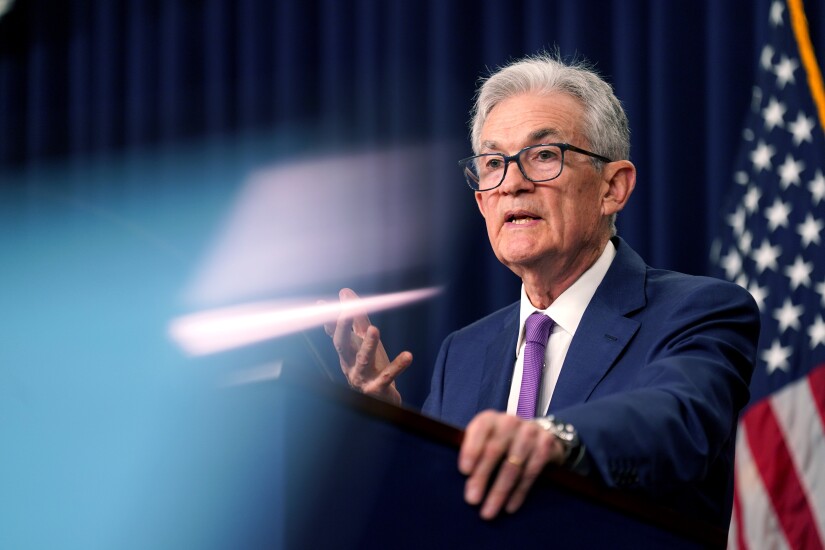Welcome back to "
Once again, the Federal Reserve is following the mantra of many financial advisors: Stay the course.
On May 1, the central bank announced that it's making no change to interest rates for the time being, leaving the federal funds rate between 5.25% and 5.5% — its highest level in two decades.
At his press conference, Chair Jerome Powell noticeably did not reiterate the Fed's earlier plan to
"I think it's unlikely that the next policy rate move will be a hike," Powell said.
The decision to hold tight came as no surprise to analysts, who widely expected it. That, in a way, is a measure of how much the economic picture has changed since the end of 2023, when Wall Street was still holding out hope for a rate cut as early as March.
It was not to be. In the first three months of 2024, inflation proved stubborn as a series of disappointing data points were released. In March, the year-on-year change in the consumer price index (CPI)
"Inflation has eased over the past year but remains elevated," the Fed said in a
READ MORE:
What does the Fed's latest decision mean for wealth management? Is "higher for longer" the new watchword for interest rates? If so, which investments will benefit from that environment, and which ones will take a hit? And for the economy as a whole, does this bring us closer to crashing or landing?
For answers, we turned to the sharpest analysts on Wall Street and around the country. Here's what they're saying:






